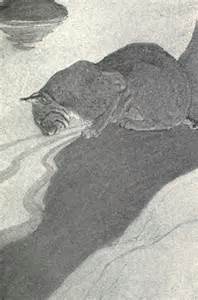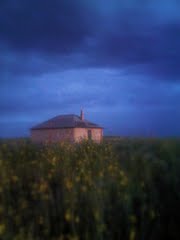 The many Indian delegations visiting Washington in the 1870s offered great business opportunity for hotel keepers. They often stayed a month or more and the Indian Bureau paid the expenses.
The many Indian delegations visiting Washington in the 1870s offered great business opportunity for hotel keepers. They often stayed a month or more and the Indian Bureau paid the expenses.
In 1873, the Board of Indian Commissioners audited charges submitted by hotel keepers. They questioned the large amounts billed by a number of hotels. After an investigation, only one man was charged: Benjamin Beveridge. His mother operated the Washington House hotel at the corner of Third Street and Pennsylvania Avenue. Situated near the railroad station and the Capitol Building, it was a good location for Indian delegations. Benjamin ran a restaurant and saloon on the hotel’s ground floor. He catered to delegations. He obtained theater tickets and arranged a variety of outings to nearby attractions for the visiting Indians.
When the Board of Indian Commissioners examined a batch of bills Mr. Beveridge submitted in 1873, they found problems. That fall three Indian delegations had stayed at the Washington House. Benjamin’s bill for “extras” provided to those delegations totaled $1,338.65. There were tickets for the opera and outings to Mount Vernon by boat. There were also charges for cigars, lemonade, ginger ale, apples, dates, and figs. When the Board looked carefully they found, for example, a bill for 24 tickets to visit Mount Vernon plus meals for the Ute delegation. But there were only fifteen people in the party, including Indian agents and interpreters. The Board found similar problems in numbers of theater and opera tickets on Beveridge’s bill for the Cheyenne and Arapaho delegations. The auditors doubted that the Indians attended the theater and opera twenty-three times in two weeks. Sometimes the theater schedules showed they attended three different performances at the same time.
Information from Diplomats in Buckskins by Herman Viola












